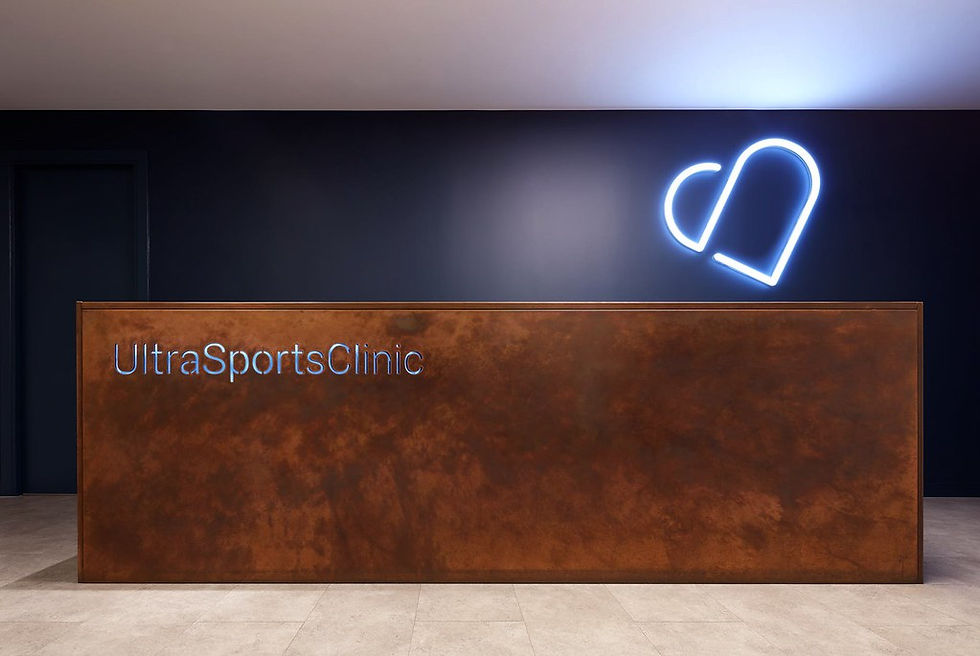Jumper’s Knee not a game for top athletes
- Ultra Sports

- Jun 28, 2023
- 2 min read
The beginning of July is always a special time in international sport as the Wimbledon Championships and Tour de France commence within days of each other to captivate millions of tennis and cycling fans around the world.

While these sports obviously differ markedly, both require athletes to possess extreme levels of fitness, stamina, and endurance if they are to win the respective global showpieces.
Reigning Wimbledon women’s champion Elena Rybakina spends countless hours working on her core and engaging in running exercises. Leg shuffling drills also help improve her lateral speed, balance and overall court efficiency.
Likewise, 2022 Tour de France winner Jonas Vingegaard focuses a lot on core strength and joint mobility to remain in peak condition for the famous endurance race.
Sadly, there is another, less positive commonality between the sports: Jumper’s Knee.
Otherwise known as patellar tendinopathy, Jumper’s Knee is an irritation of the tendon connecting the kneecap (patella) to the front of the shin bone (tibia).
It is most commonly caused by a sudden increase or change in jumping or running load, such as playing on a different surface (clay vs hard court, road vs trail), playing more frequently, or increasing mileage on the road.
The condition can also occur when there is a limitation in range of movement of another joint; for example, ankle stiffness following an ankle injury that leads to increased load at the knee.
Factors such as changes in hormone levels, age and body weight can play a role in developing tendinopathies as well.
“Jumper’s Knee is particularly common in volleyball, tennis, basketball, football, netball players as well as runners and cyclists. These are sports that require repeated jumping and landing or changing direction which loads the patellar tendon,” says Chrissy Glossop, Clinical Lead & Senior Physiotherapist at Ultra Sports Clinic.
Symptoms include pain in the lower area of the knee running from the kneecap to the shinbone, swelling of the knee, knee pain when bending or straightening the leg and soreness behind the lower kneecap.
“The most important thing to do is manage your training load,” Chrissy advises.
“During this time, your physio will help you find activities that you can do while rehabilitating your knee, such as swimming in the pool. Using targeted isometric (static) exercises as directed by your physio may initially aid in relieving pain in the knee and make rehabilitation easier.”
Taping may be used to help offload the patellar tendon during the rehabilitation process. The tape would typically last three or four days and may be reapplied as required.
Chrissy adds that some athletes also find benefit in using specific patellar tendon straps when returning to sport.
Jumper's Knee can easily become a chronic issue if not managed correctly initially. Coming in for an assessment to identify any underlying contributing factors, such as stiffness in the ankle or weakness in the leg muscles, may aid in speeding up recovery and preventing recurrence.
“Physios can use a variety of treatment techniques such as massage, shockwave therapy and of course targeted rehabilitation to treat Jumper's Knee and get you back to sport safely and as soon as possible,” Chrissy says.



Comments